Global Warming's Effect on Car Development
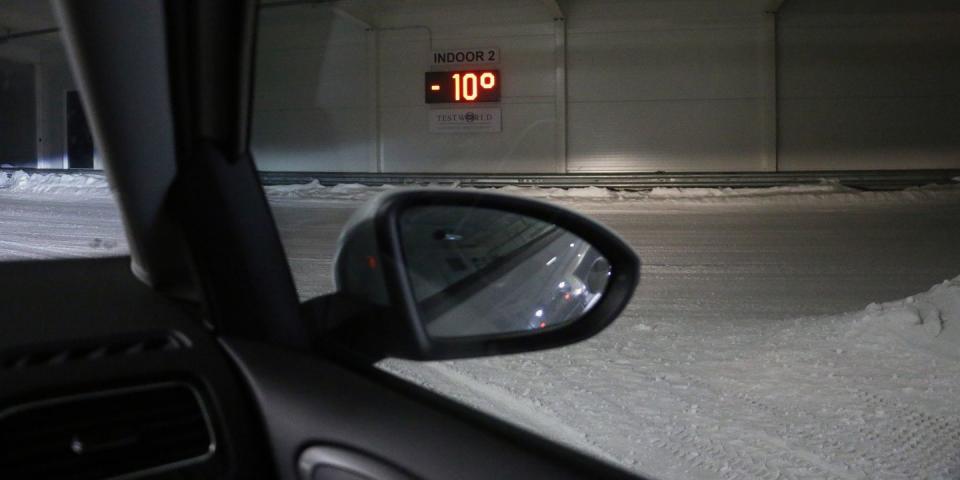
Every car component needs to operate flawlessly between -30ºF and 130ºF, and manufacturers go to great lengths to meet that requirement. But finding real cold in a controlled environment is not getting any easier, spawning a technological battle between frosty territories all across the planet. Reading the news might explain why.
While California is battling wildfires that will continue their destruction at least until the end of August, Australia is suffering from its worst drought in 400 years. There, centuries-old trees are gone already, and along them went most of the crops. But the situation isn't a whole lot better in Europe either, despite the continent being famous for its forgiving climate.
Due to a seemingly never-ending heatwave, fish are boiling alive in Germany's waters, Cyanobacteria-levels are critical at Polish beaches, while the ice on Sweden's highest peak, the Kebnekaise, has started to turn into water. Portugal and Spain are expected to melt off the map at any given moment, the Swiss are using helicopters to bring water to their cattle in the Alps, while the French had to shut down four of their nuclear power plants due to the lack of cooling water. So did Finland's Loviisa plant in its effort to prevent the Baltic Sea from getting too warm. In fact, the Scandinavian country got so hot that in the capital of Lapland, Rovaniemi, reindeer put survival ahead their fears by cooling down with their hunters.
When not jumping into rivers to combat unusually high temperatures, the Finnish drive fast, no matter what the conditions may be. Local manufacturer Nokian invented snow tires in 1936 for a reason, and those Hakkapeliittas have remained on top of their game ever since. But the world is past Finnish drivers testing Finnish rubber for the Finnish market. Tire and overall vehicle development is a global business now, and Finland intends to play a huge role in it, trying to beat Sweden, New Zealand, and anybody in between. At the center of that effort is Test World, some 190 miles north of the Arctic Circle.
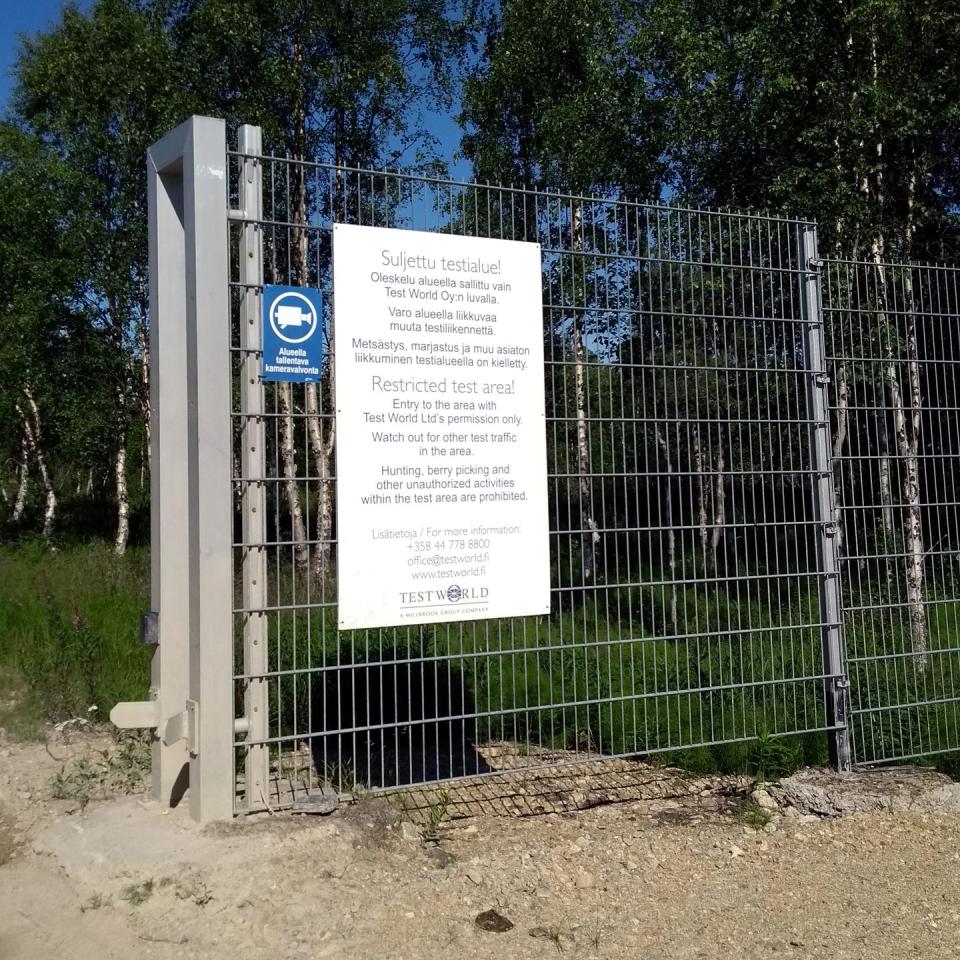
Test World is a proving ground with 60 miles of track, located on 3700 acres of Lappish swampland. As you can see in the picture above, you're not supposed to enter the place with the intentions of hunting or berry picking, no matter how much you love Finland's fancy cloudberries.
Test World was founded by a small group of journalists in 1991, who decided to use one of Ivalo Airport's spare runways for testing their cars. When manufacturers wanted to get in on that action, construction of the larger facility began, starting a business with endless options for future expansion. Of course the problem with winter test tracks is that you can only place them as high up north on the map as jets are willing to fly, which means ice tracks will still turn into ponds every summer.
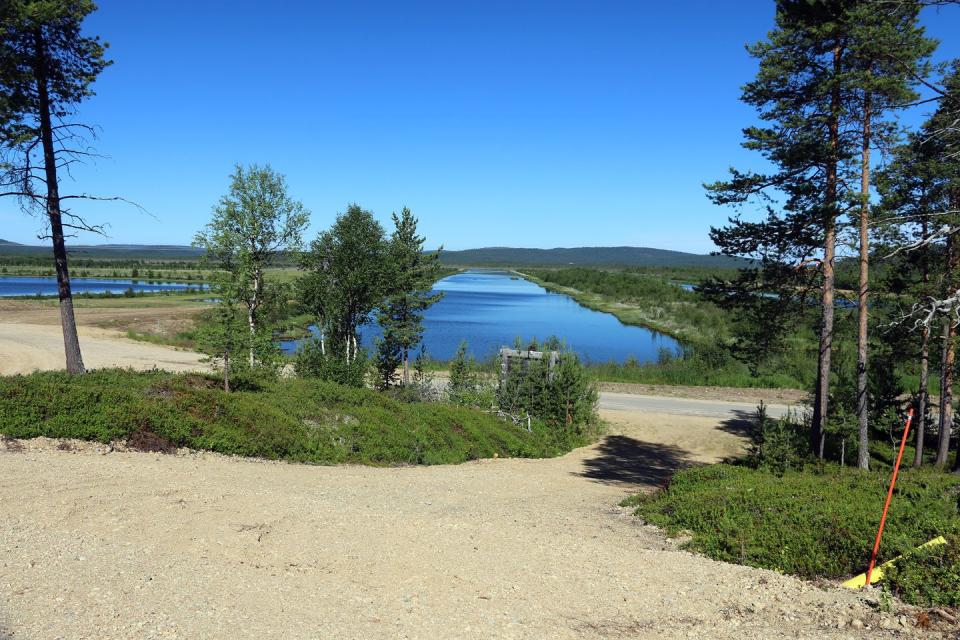
Up until 2012, from May to September, the industry had two options: stop tire and cold weather testing for the summer months, or fly the whole team to New Zealand, hoping to find some quality snow. The first, they couldn't really afford. The second was expensive, not to mention how New Zealand's winters became a gamble too. So, to get ahead (and beat Sweden to it), Test World built its first indoor test track in 2012, claiming that "everybody" became their customer from that moment on.
What's for sure is that the UK's Millbrook Group bought Test World in 2015, partly so that it can offer these indoor options all year around:
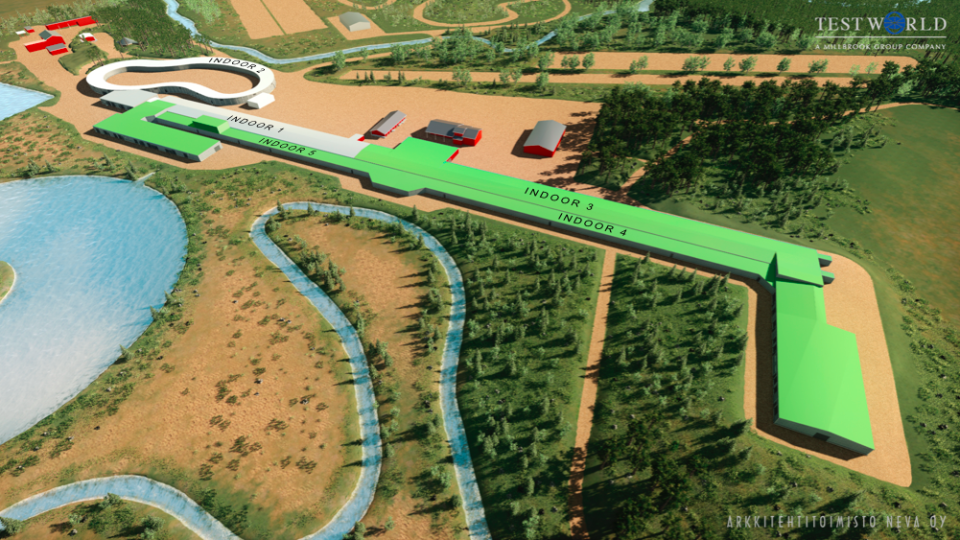
Additionally, from November until April, there's also a 1.9 mile high speed circuit, a 1.4 mile handling track, and numerous other dynamic areas companies can work with:
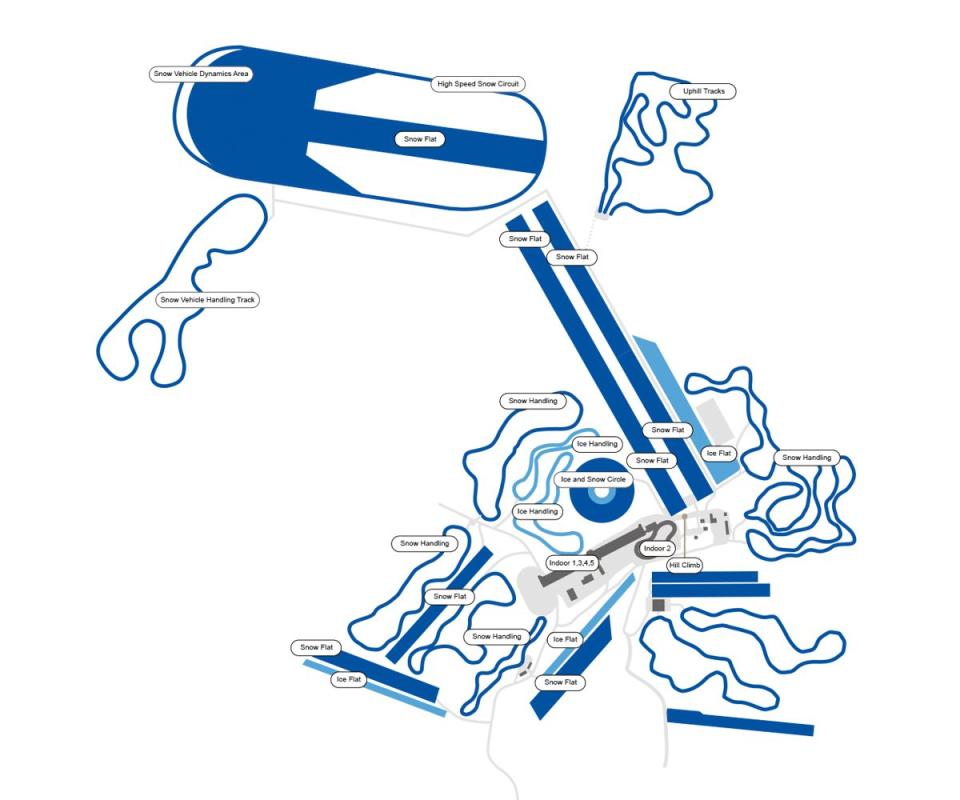
Finding the limits of a car on the short and tight indoor track is a weird sensation.
Inside, it's 14ºF and dark, but your brain can't shake off how moments before, you were in a T-shirt under a sun that won't go down for months. And because the snow was collected in February, you're effectively driving on crystals that are six months old. Having said that, since contaminations coming from the exhausts would alter test results, layer after layer gets shaven off before new snow falls on Lapland in November.
Finland is said to have 188,000 lakes, and its Lappish side certainly leads the way in swampiness. It's strange to imagine secret prototypes roaring around the woods here, but that's just how it is. Only three percent of the population lives up north, and there are more saunas per person than cars. Every river is crystal clear, and people have multiple freezers in their cabins to stock up on salmon and reindeer meat for the winter. They also tend to have a drink or two to combat too much darkness, isolation and the off-season boredom that starts once the snow is gone.
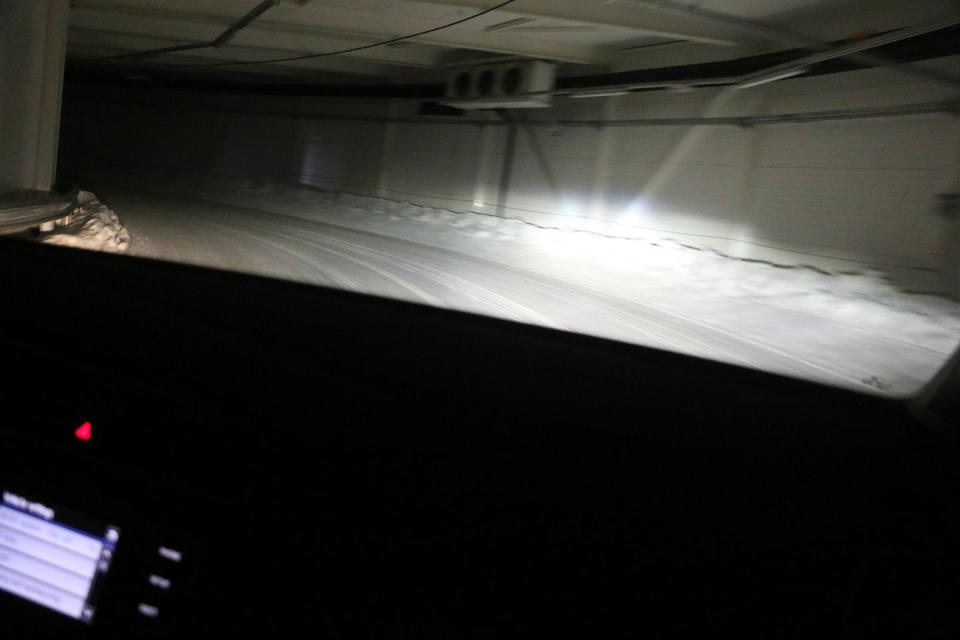
Despite its untouched beauty and perfect roads, Ivalo is a particularly temping option for manufacturers who prefer not to be bothered. Being 190 miles north of the Arctic Circle also puts it a six hour drive from Nordkapp, continental Europe's northernmost point and a popular biker destination. There's not much between, and although proper planes fly here, spy photographers aren't on their passengers list.
The locals couldn't care less about what drives in and out of Test World's gates. In fact, when a group of engineers took their million dollar vehicle mule out to have lunch at one of Ivalo's two restaurants that's open for the summer, not a single picture was taken while the car was parked on the main street for an hour. As far as cars are concerned, the number one priority around Lapland is avoiding reindeer, who love to hang out in the middle of the road, knowing how the mosquitos stay out of sunlight.
One could argue that finding a location for hot climate testing is somewhat easier nowadays.
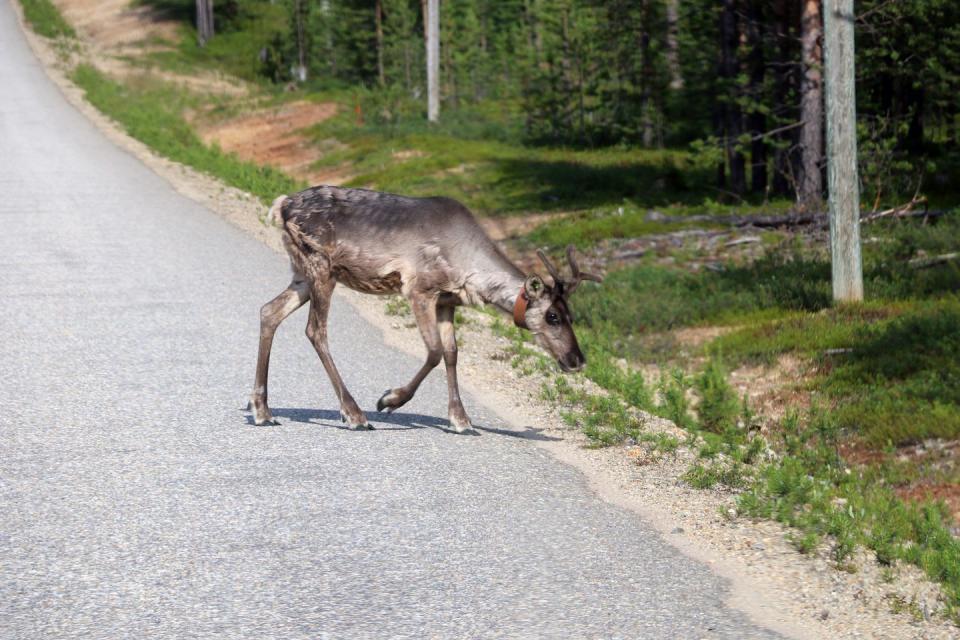
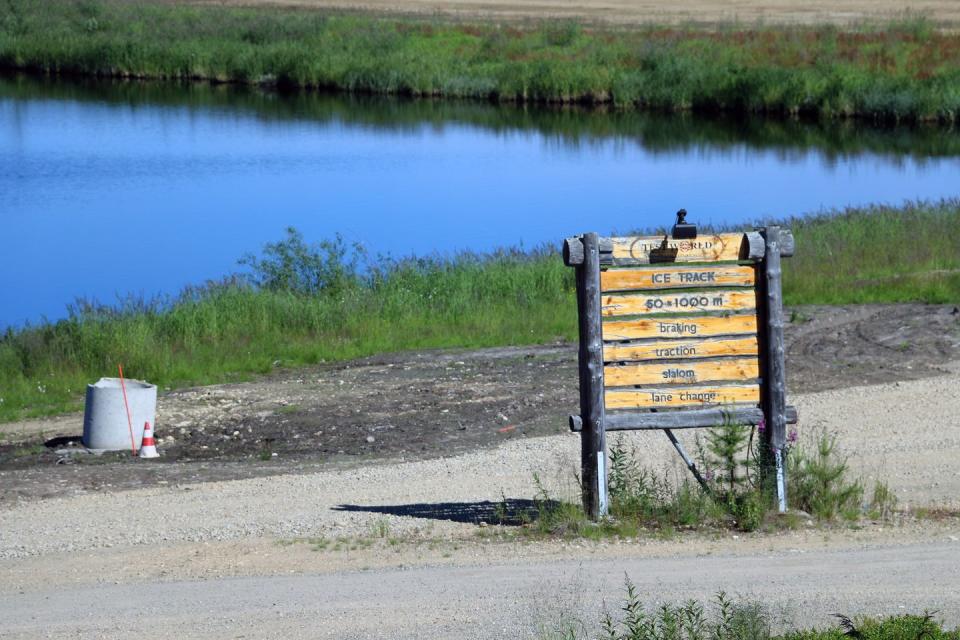
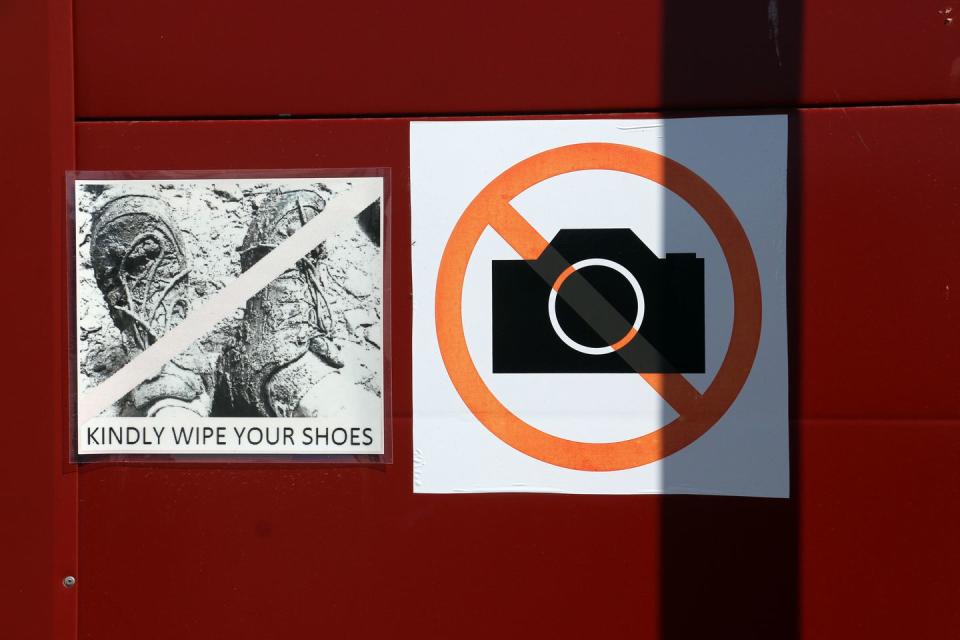
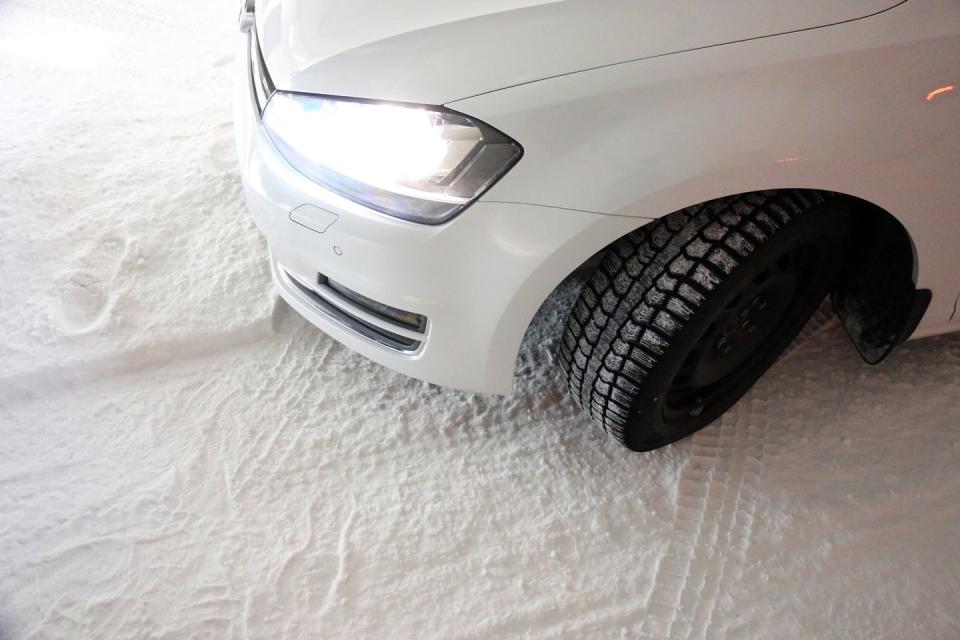
('You Might Also Like',)

 Yahoo Autos
Yahoo Autos 